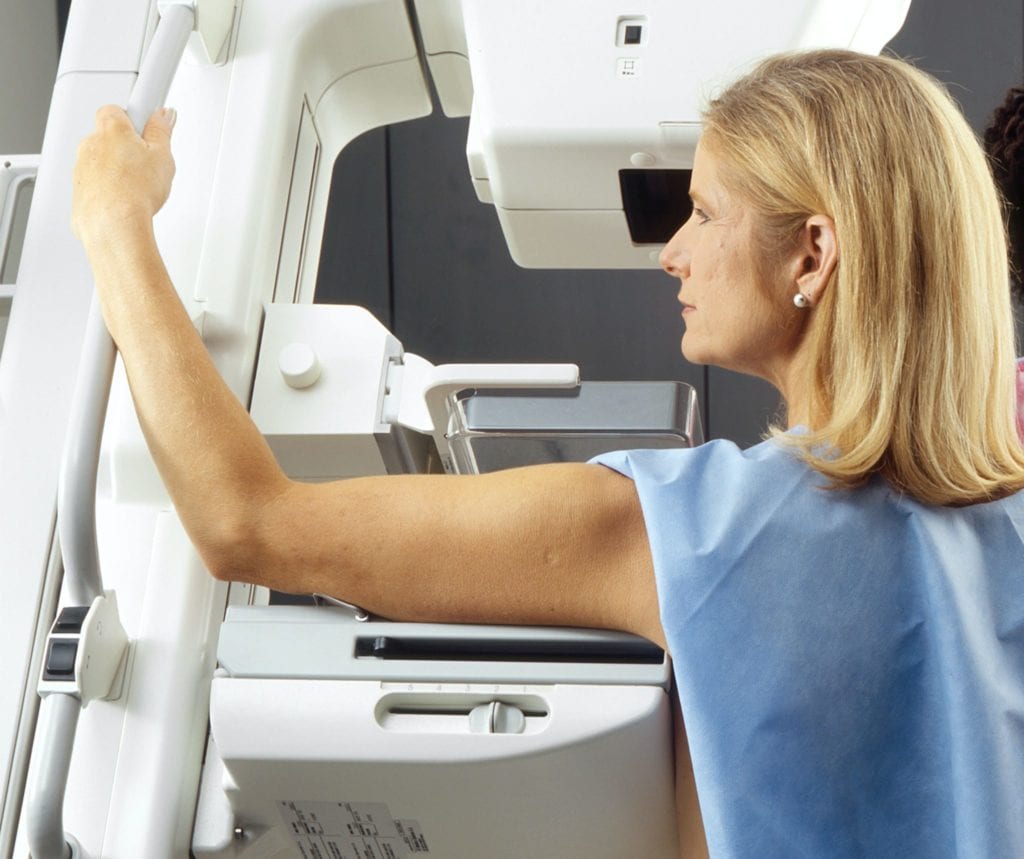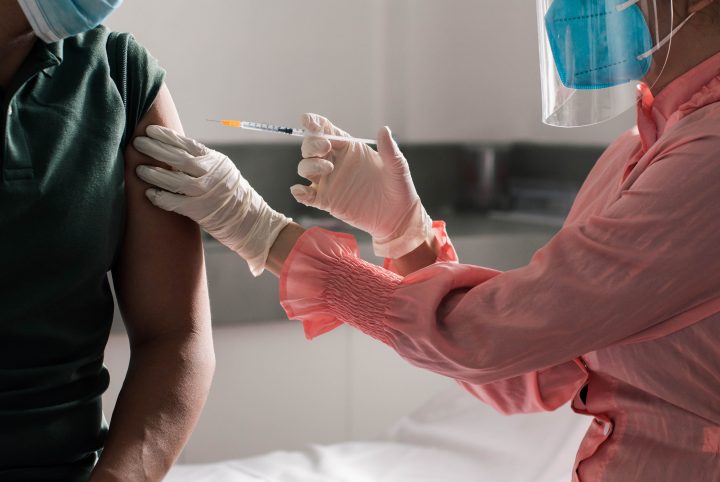
COVID-19 has made women reluctant to attend routine breast cancer screening, but there is a compelling reason not to put it off: cost.
COVID-19 lockdown restrictions recently brought government-funded cancer screening programs such as BreastScreen to a temporary halt.
Although the program has now resumed, medical professionals are concerned people are showing reluctance to access these routine screening programs, assuming they are helping the health system.
Yet there is a compelling reason for women not to put off booking in for government-sponsored mammograms.
New research shows they face the risk of more advanced, harder to treat cancers, increased costs for out-of-hospital medical services and prescriptions as well as additional diagnostic procedures, if diagnosed outside of subsidised biennial programs such as BreastScreen.
Being diagnosed via ‘community detection’ – such as when women are not in a screening program – has been found to be associated with higher costs for women as well as the health system, according to lead author and PhD Candidate Karinna Saxby, with supervisor Associate Professor Dennis Petrie from Monash Business School’s Centre for Health Economics.
“Women aged 50 or older are encouraged to get biennial breast screens through the BreastScreen program,” Ms Saxby says. “It is a must to help with early detection of breast cancer, particularly in this COVID-19 crisis.”
Ms Saxby and Associate Professor Petrie are part of a research team of industry and university partners which set out to determine both the government and out-of-pocket costs associated with organised screening programs versus community detection.
Previous research has focused on hospital costs, rather than the out-of-hospital costs of either mode of cancer detection, leading to some over-simplified analysis of the BreastScreen program, according to the research.
“We believe that this study will give the government a greater understanding around some of the costs and benefits of screening,” Ms Saxby says.

Counting the cost
Being diagnosed via community detection as opposed screening has been found to be associated with more advanced cancer characteristics leading to higher diagnostic costs, say the research team.
Compared to screen-detected cancers, community-detected cancers were more likely to incur additional costs relating to extra diagnostic procedures, specialist attendances and medications related to chemotherapy for breast cancer treatment. (Women with private health insurance also incurred higher costs.)
“This was in part due to community-detected cancers having more advanced cancer characteristics at diagnosis; however, unobservable characteristics and pathological differences may also be driving treatment decisions and, in turn, community costs,” Ms Saxby says.
“These costs should be included in future evaluations of the BreastScreen program, in particular when considering screening strategies that might affect cancer characteristics at diagnosis.”
Ms Saxby says that it’s important to note that this study does not capture over-diagnosis.
“This is really important because a portion of women with screen-detected breast cancers are being treated for cancers that would never become symptomatic in a women’s lifetime,” she says.
“While we confirm that screen-detected breast cancers cost less to treat and have less intensive treatment than those detected outside of screening, more work is required to fully understand the costs and benefits of screening.”
What the study shows
The study looked at 553 women from the Lifepool cohort who were diagnosed with breast cancer. Lifepool comprises more than 50,000 Victorian women who were recruited predominantly through BreastScreen.
While several studies have found that screen-detected breast cancers cost less to treat than those detected outside of screening, these economic gains are offset to some degree by the costs associated with the screening program and over-diagnosis.
Although an understanding of the cost drivers is important when evaluating the costs and benefits of alternative screening strategies, there were limited Australian costing studies for primary breast cancer.
Subsequently, recent evaluations of the BreastScreen program have relied on either overly simplified or assumed community costs.
“The aims of this study were to compare the community costs associated with breast cancer detected within and outside of BreastScreen and to determine the extent to which these costs varied with breast cancer characteristics at diagnosis,” Ms Saxby says.
Subsidies for out-of-hospital and private hospital medical services are provided under the Medicare Benefits Schedule (MBS) while subsidies for prescription medicines are provided under the Pharmaceutical Benefits Scheme (PBS).
Screening versus community detection
The data analysis comes from 396 women with screen-detected breast cancer and 157 women with community-detected cancers.
Compared to community-detected cancers, screen-detected cancers were less likely to be grade 3, have large tumours (greater than 20mm), have positive lymph node involvement or be HER2 positive.
HER2 refers to a certain gene some women carry that makes their cancer more aggressive and difficult to treat.
Although government expenditure for a diagnosis was similar inside and outside of BreastScreen ($777 vs $837), women diagnosed outside of screening incurred an additional $254 in out-of-pocket costs.
These out-of-pocket costs were mainly attributable to co-payments required for diagnostic services that are accessible free-of-charge through BreastScreen, such as mammographies and biopsies.
Invasive cancer prognostic factors (large tumours, grade 3 tumours, HER2 positive tumours and positive lymph node involvement) were associated with significantly higher expenditure.
“Our findings are consistent with these characteristics being associated with more intense treatment, such as chemotherapy,” Ms Saxby says.
“Policymakers need to fully understand the costs associated with breast screening. The costs presented in our study capture the additional community costs associated with breast cancer, so these costs are on top of their existing medical expenses,” she says.
“Given women can lose their job, or have reduced work hours as a result of cancer, these numbers are only scratching the surface of the full cost burden experienced by breast cancer patients,” she says.


